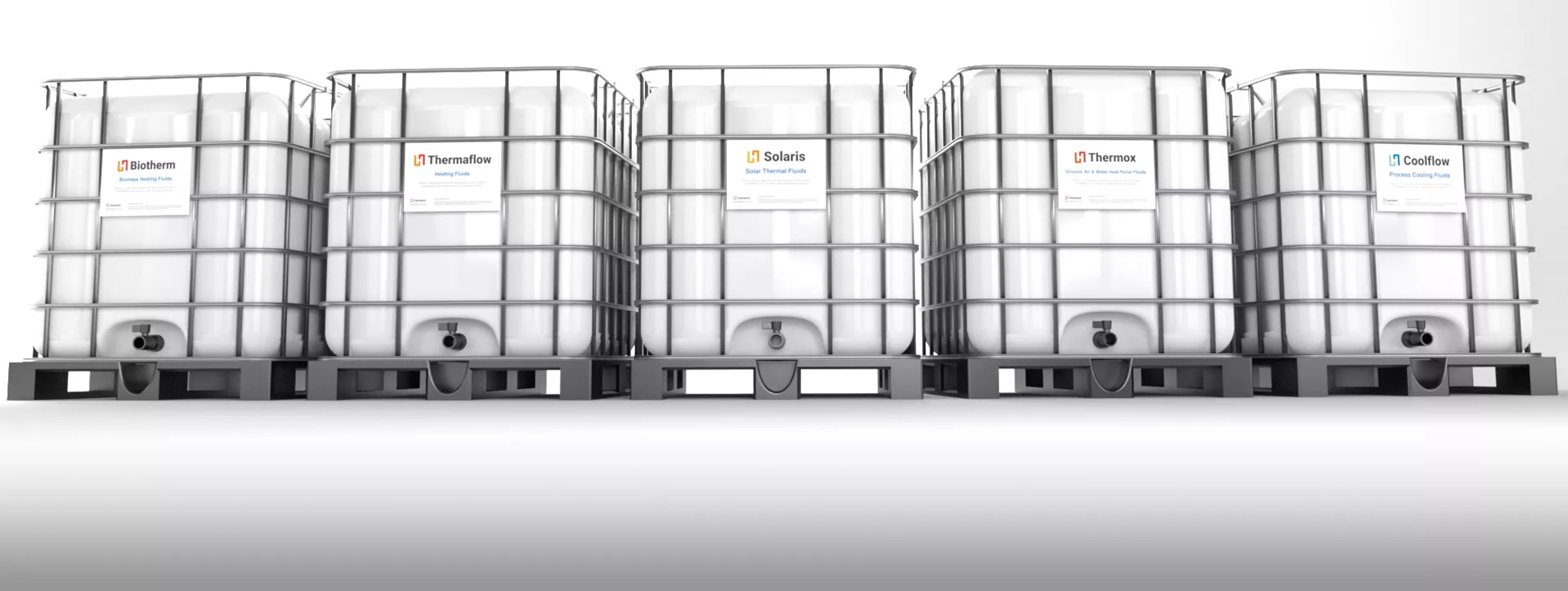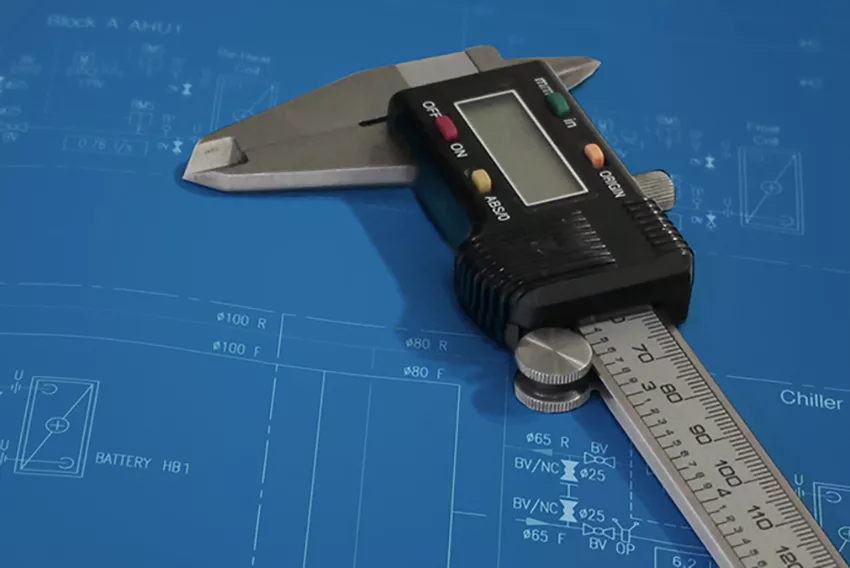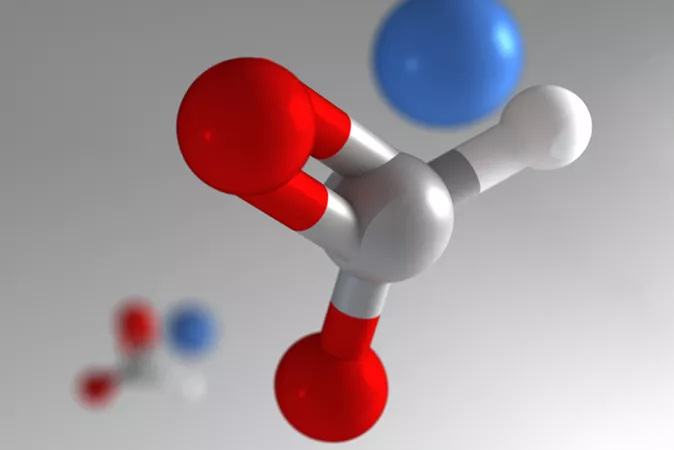Sureflow Inhibitors
To prevent internal corrosion and scaling of cooling and heating systems, it is vital that the associated heat transfer fluids contain an effective long-life inhibitor formulation.
More about Sureflow productsOxidation Corrosion in aqueous-based cooling systems is caused by oxygen dissolved in the water and mainly affects metals which do not form an impermeable oxide layer. E.g. Ferrous Oxide, aka rust, forms on the surface of carbon steel. The rate of oxidation corrosion is usually quite slow on external pipework surfaces, but much accelerated internally where fluid flow will constantly remove the oxide layer, leading to a cycle of corrosion.
Galvanic Corrosion occurs where two or more dissimilar metals are 'coupled' by emersion in a fluid - as found in heating and cooling systems. An electric potential difference is generated between metals of varying nobility. Specifically metals of a lower nobility will sacrifice themselves to metals of a higher nobility. The rate of corrosion will usually depend on how far apart the metals are on the nobility scale - see below - and the relative surface areas. The rate of corrosion will increase if the anodic (less noble) area is smaller than the cathodic (more noble) area.
Crevice Corrosion refers to the localized attack on a metal surface at, or immediately adjacent to, the gap or crevice between two joining surfaces. The gap or crevice can be formed between two metals or a metal and non-metallic material. Outside the gap or without the gap, both metals are resistant to corrosion. The damage caused by crevice corrosion is normally confined to one metal at localised area within or close to the joining surfaces.
Pitting Corrosion is the localised corrosion of a metal surface confined to a point or small area that takes the form of cavities. Pitting corrosion is one of the most damaging forms of corrosion. The Pitting Factor is the ratio of the depth of the deepest pit resulting from corrosion divided by the average penetration as calculated from weight loss. Pitting corrosion is usually found on passive metals and alloys such aluminium alloys, stainless steels and stainless alloys when the ultra-thin passive film (oxide film) is chemically or mechanically damaged and does not immediately re-passivate. The resulting pits can become wide and shallow or narrow and deep which can rapidly perforate the wall thickness of a metal.
Before reviewing the different chemical methods of preventing system corrosion, it is worth listing a few design principles that will work in conjunction with any corrosion inhibitors.
Corrosion Inhibitor formulations play a vital role in maintaining pipework systems and capital equipment. By blending together several chemicals it is often possible to achieve synergistic results - specifically where two or more chemicals work better together than in isolation. Individual manufacturers of Heat Transfer Fluids should know which formulations provide the greatest long-term protection for systems fabricated from various metals and plastics. Hydratech has extensive expertise in corrosion inhibitor technology and works with individual customers to ensure the correct fluid and inhibitor combination is selected.
Hydratech blend many different corrosion inhibitor formulations for use in cooling and heating systems. Some formulations are specifically for mixing with other antifreeze chemicals, while others can be added to 'water only' systems.
To ensure that corrosion inhibitor packages continue to provide long-term system protection, Hydratech operate the SureFlow Fluid Maintenance Program, where customers periodically send fluid samples to our laboratory for testing. Subject to the test results we will sometimes make recommendations to add additional inhibitors.
Regular analysis can extend the life of both fluid and system. Hydratech’s Fluid Monitoring Program (FMP) is a very straight forward, effective way to proactively monitor closed-loop system condition.

To prevent internal corrosion and scaling of cooling and heating systems, it is vital that the associated heat transfer fluids contain an effective long-life inhibitor formulation.
More about Sureflow products

If you need help or advice on selecting the most suitable product for your needs call one of our sales engineers today. With experience across many industry sectors we can help you find the most cost effective solution whilst meeting all your technical re
Call today on (860) 653-1691
Sorry, we need you to complete all the required fields before we can process your enquiry.